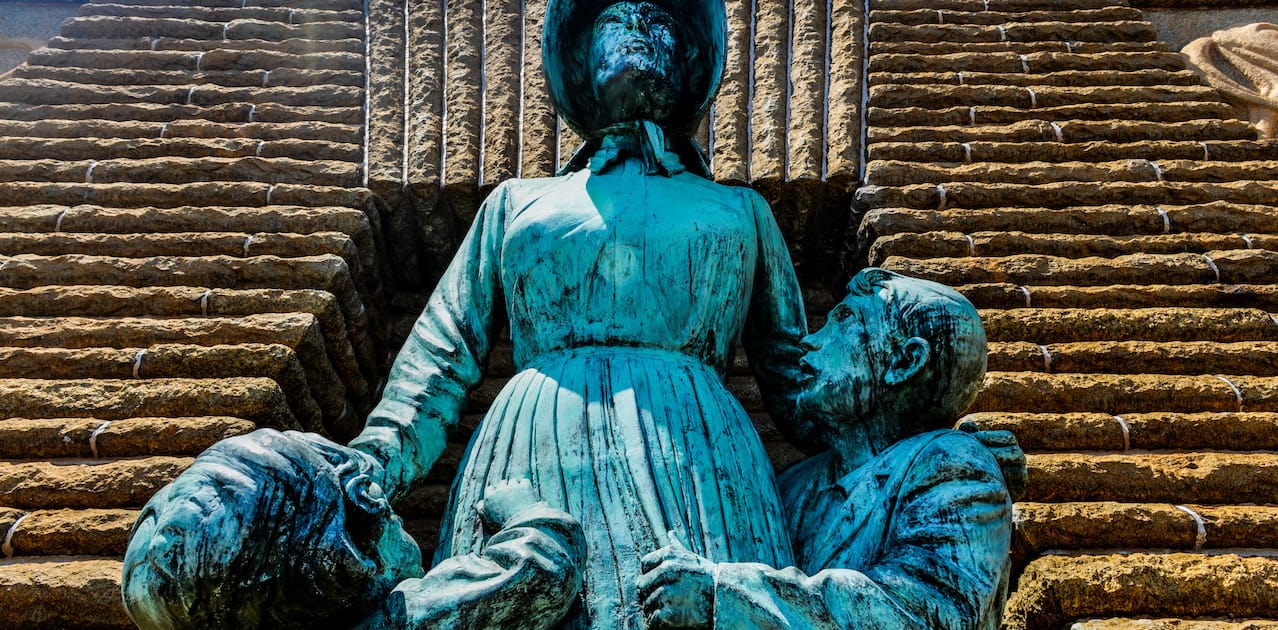Reading James H. Madison’s “Hoosiers: A New History of Indiana” a few weeks ago I came across a passage about pioneer women (circa 1800-1850) in Indiana attempting abortions by, “Ingesting gunpowder, drinking rusty nail tea, and eating chicken gizzards.”
This, in light of the recent striking of Roe v. Wade and Indiana’s subsequent legislative action, stuck out to me.
To be fair, many childbirth complications aren’t because a woman could have or would have survived had she had an abortion. Theodore Roosevelt’s first wife Alice dying from kidney failure comes to mind after the birth of their first child.
Madison noted women frequently gathered together, in part, to talk about their health and child rearing. For another piece I’m working on about the history of quilts and quilt making, some of these this was for utility and warmth — like making a quilt or fashioning clothes — but it was also a way for women to gather together and pass time socially.
Amid these lively social discussions were early medical discoveries. A woman sharing symptoms before, during, or after giving birth could often incite other women to share similar experiences or stories of other women they knew who suffered terrible consequences or death. The treatment to stave off death and discomfort was usually rudimentary, but the best anyone knew to try in their present.
For many women, that meant aborting a pregnancy to live to try again another day. Either for their own wellbeing, or the duty to protect and care for their existing children. I’m sure for many this was a blessing and a curse from God. For some, it was surely debilitating and depressing. For all, the means for pioneer abortion was horrifically painful, like brewing teas from rusty nails or eating gunpowder.
It’s in this context you begin to recognize abortion is a form of a healthcare, even 200 years ago in the early pioneer territories. It’s also in this context you understand how bonkers it must be for many women to be told by men, many of whom have no understanding about women’s bodies over the course of history, what to do or not to do. Madison writes that men often outlived two or more wives, usually due to childbirth complications and lack of understanding about menstrual cycles and women’s health.
It’s interesting that in the 19th century the death of a child wasn’t easy emotionally, but it was an assumed part of life and Darwinism or God’s plan. That sometimes young children and babies just didn’t survive the harsh conditions of the frontier or settlements. And so, in that great pioneer tradition, you trodded on and tried again.
Sandra Day O’Connor wrote Roe v. Wade was always “on a collision course with itself” because of advancing medical science that narrowed the window between conception and birth, and viable and unviable. The practice of abortion has almost certainly been on a collision course with itself for hundreds of years. But the one constant in all of this has been the leadership of men and their unwillingness to recognize the needs, intelligence, sense of autonomy, hardships, and health of the women in their midst.


